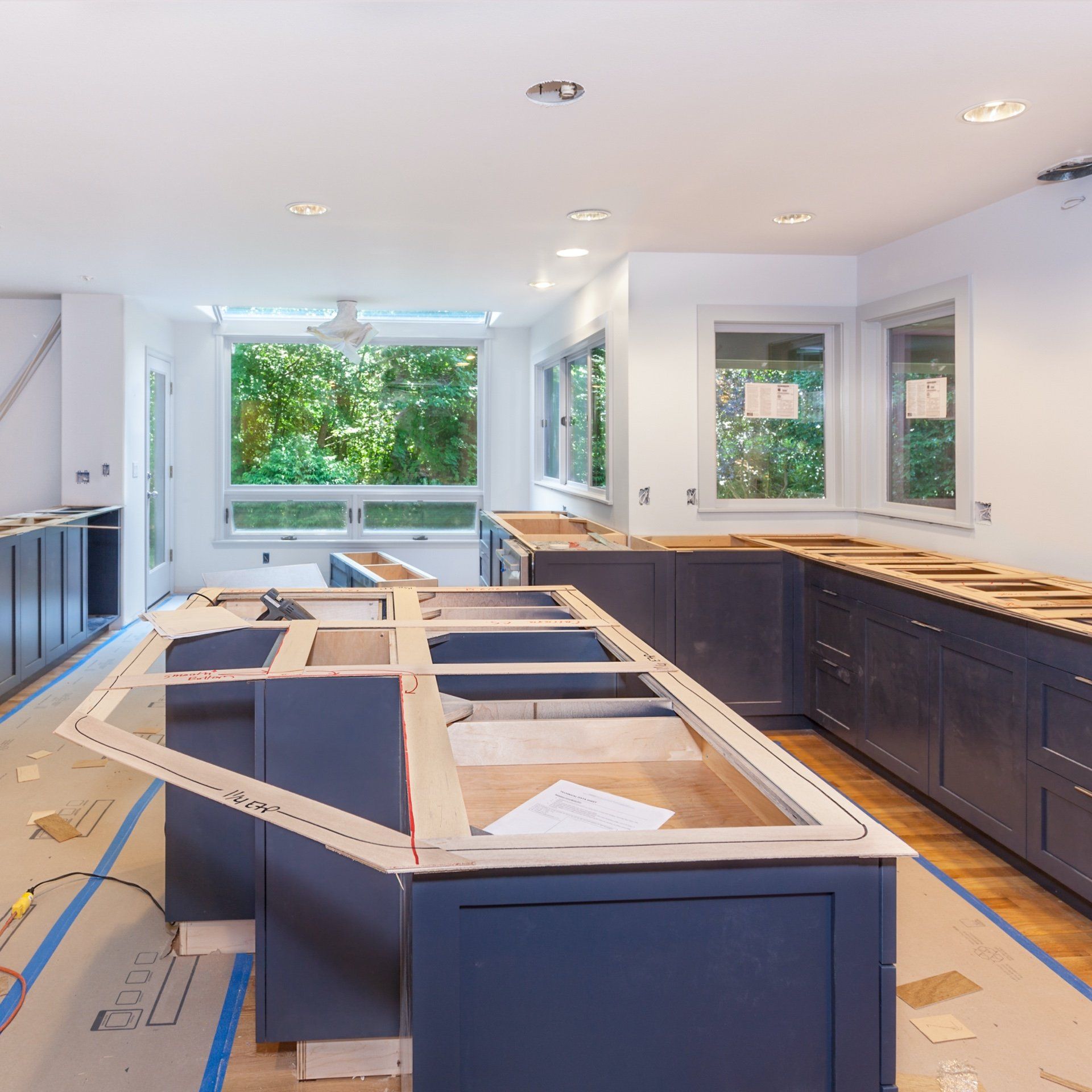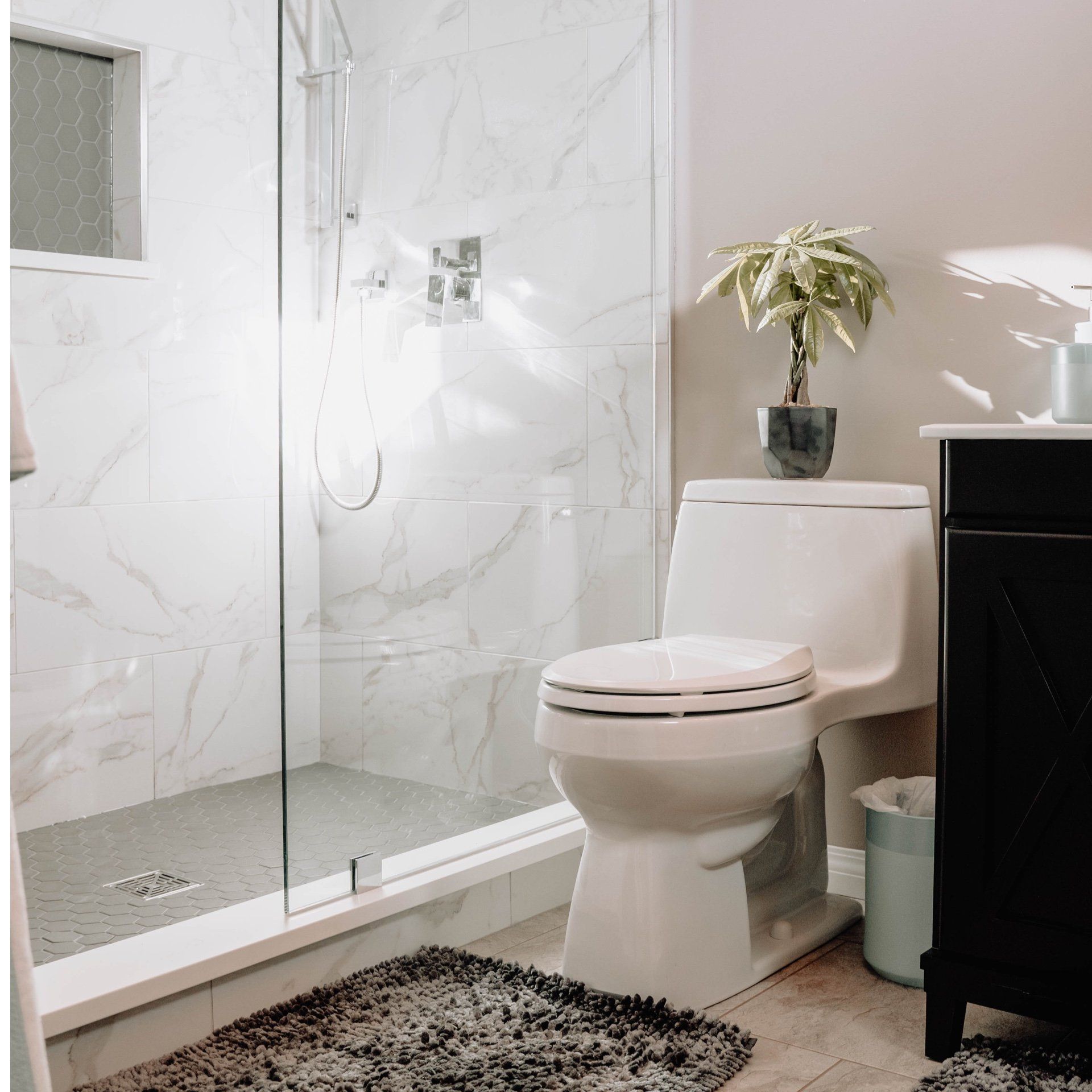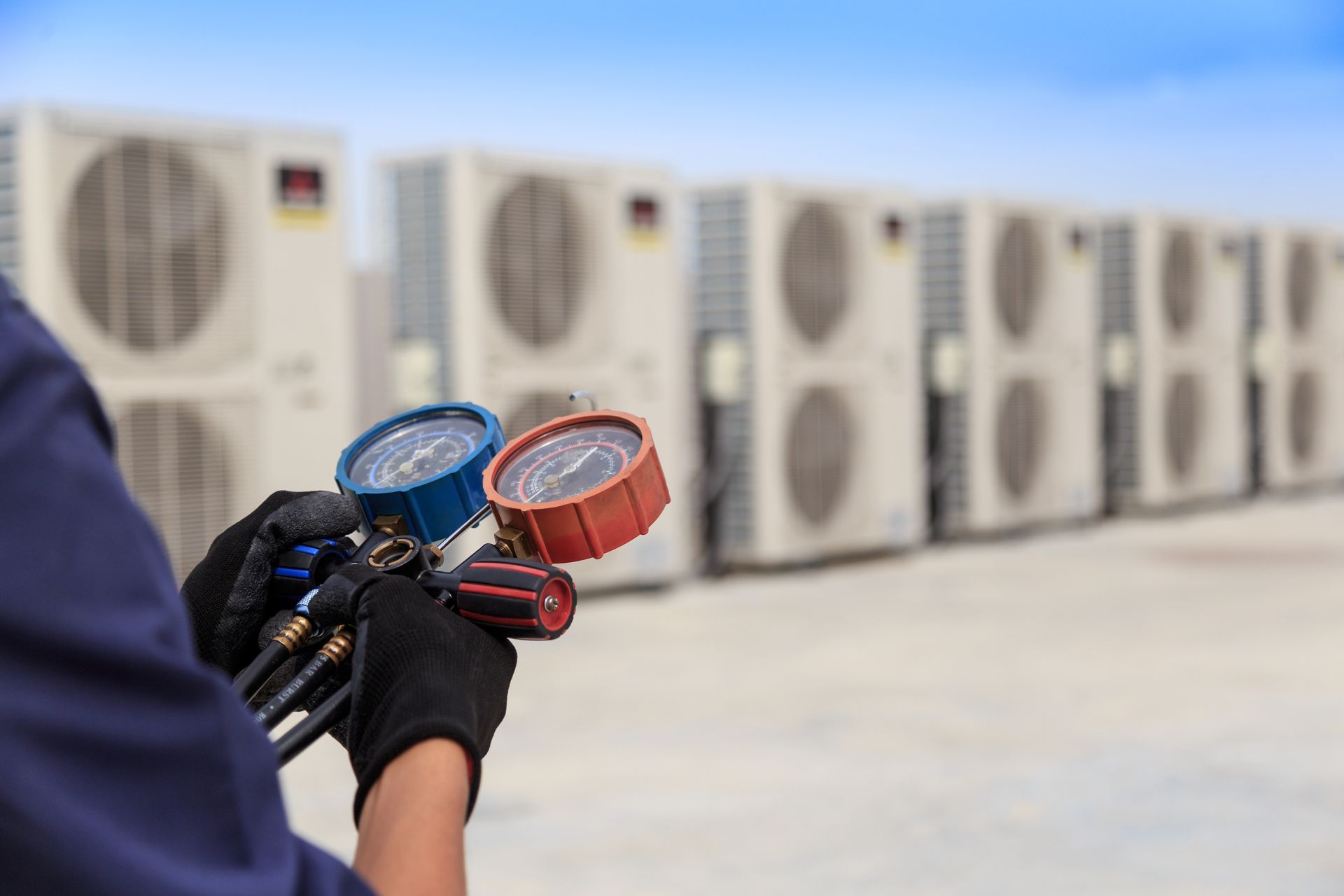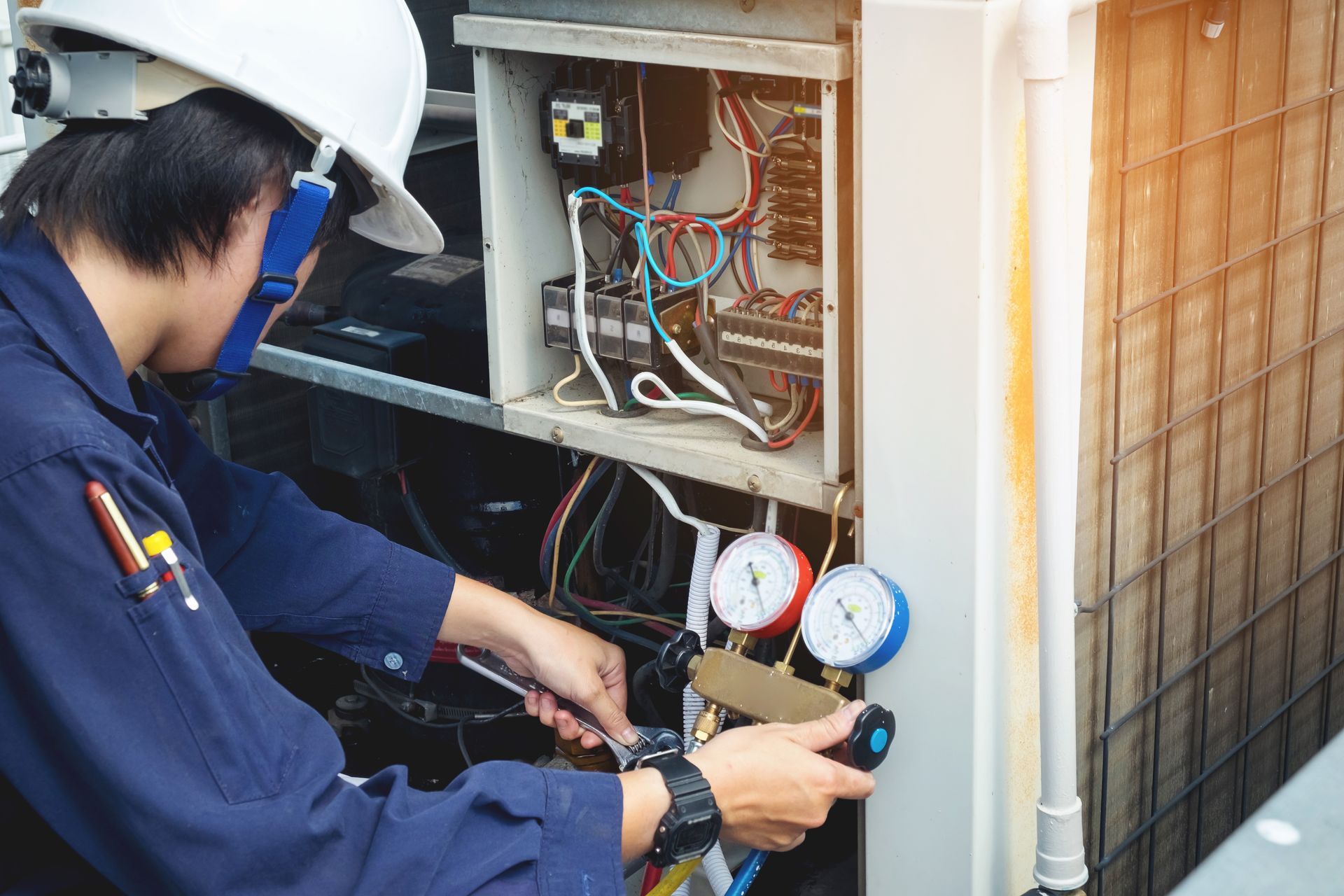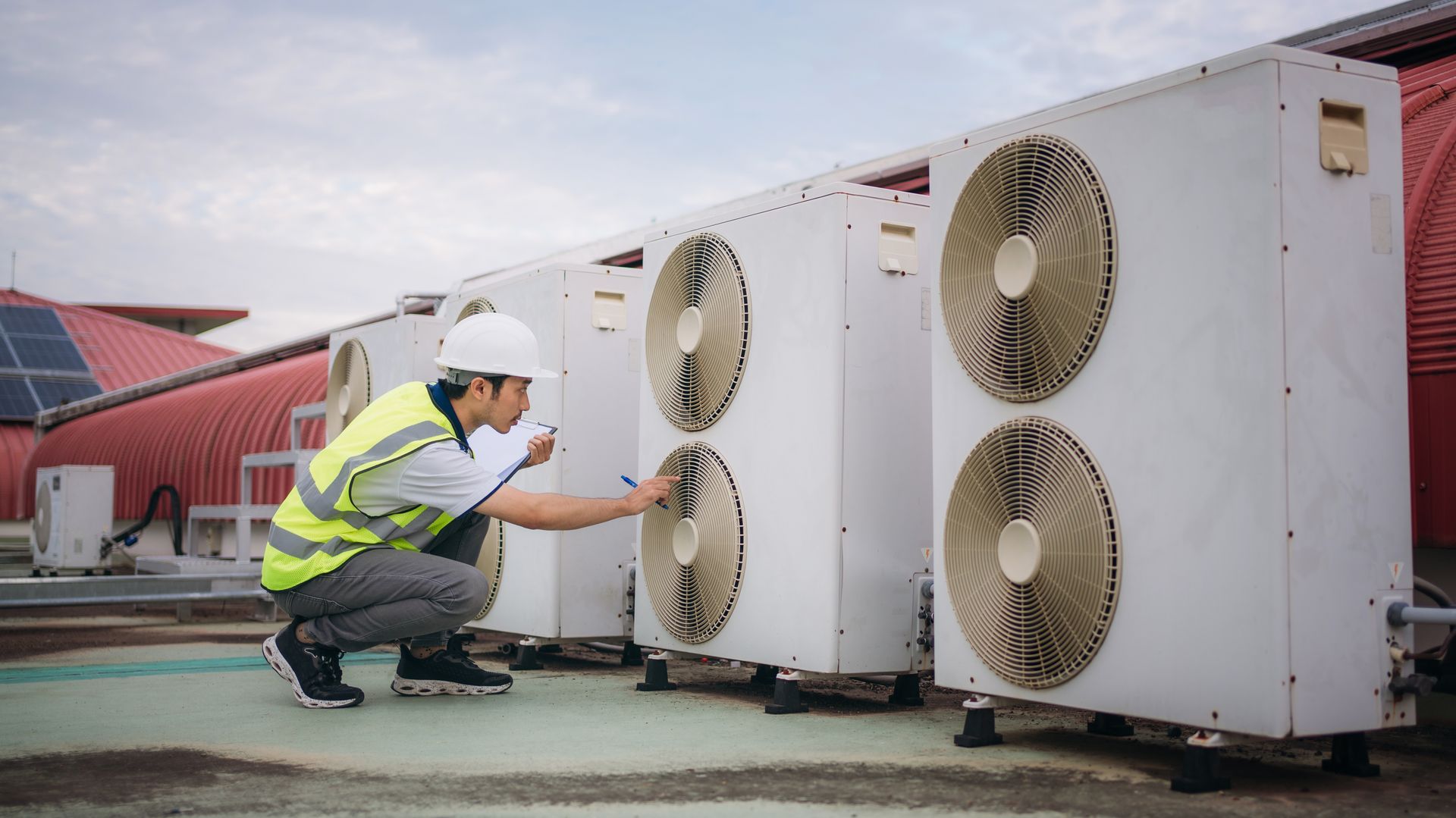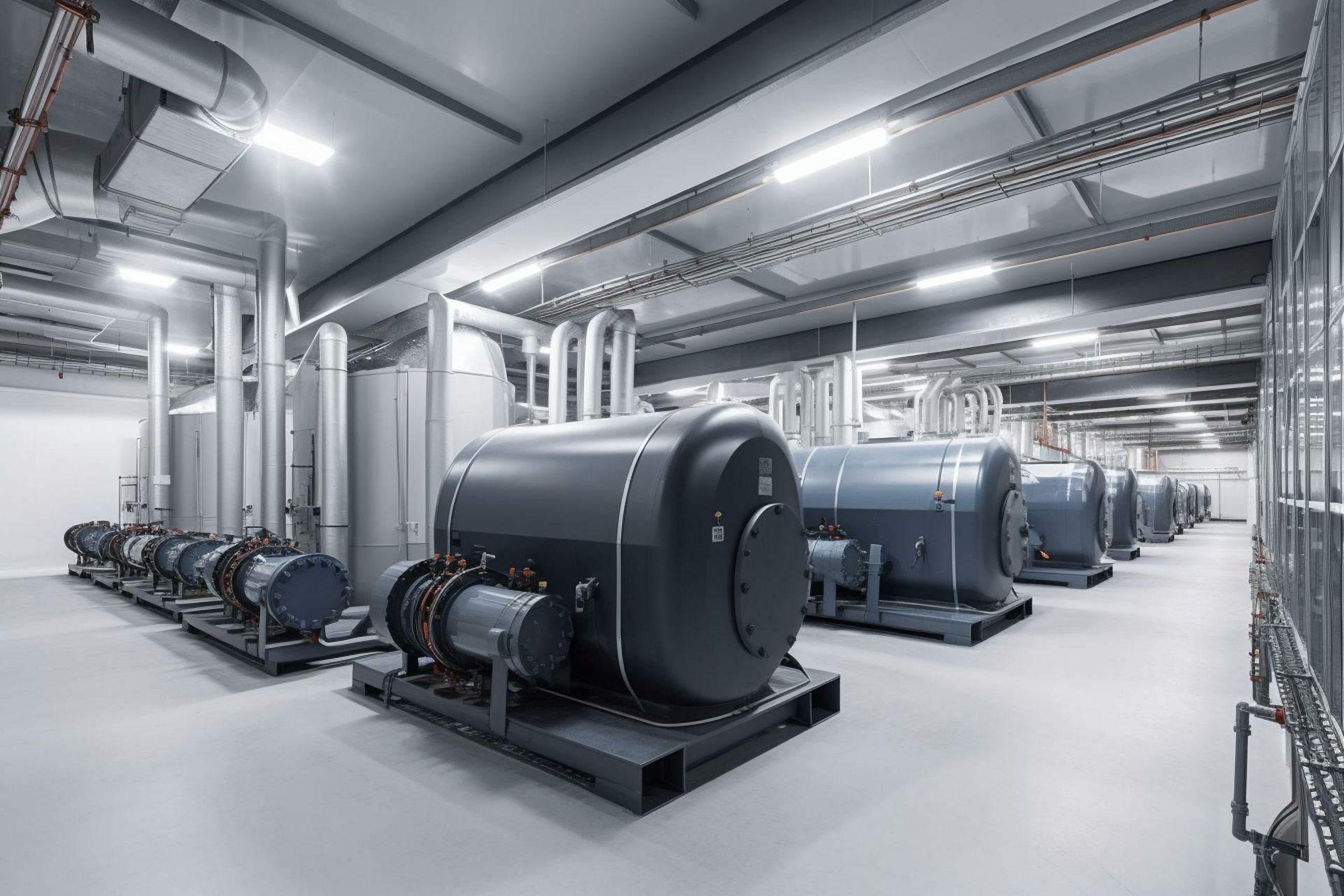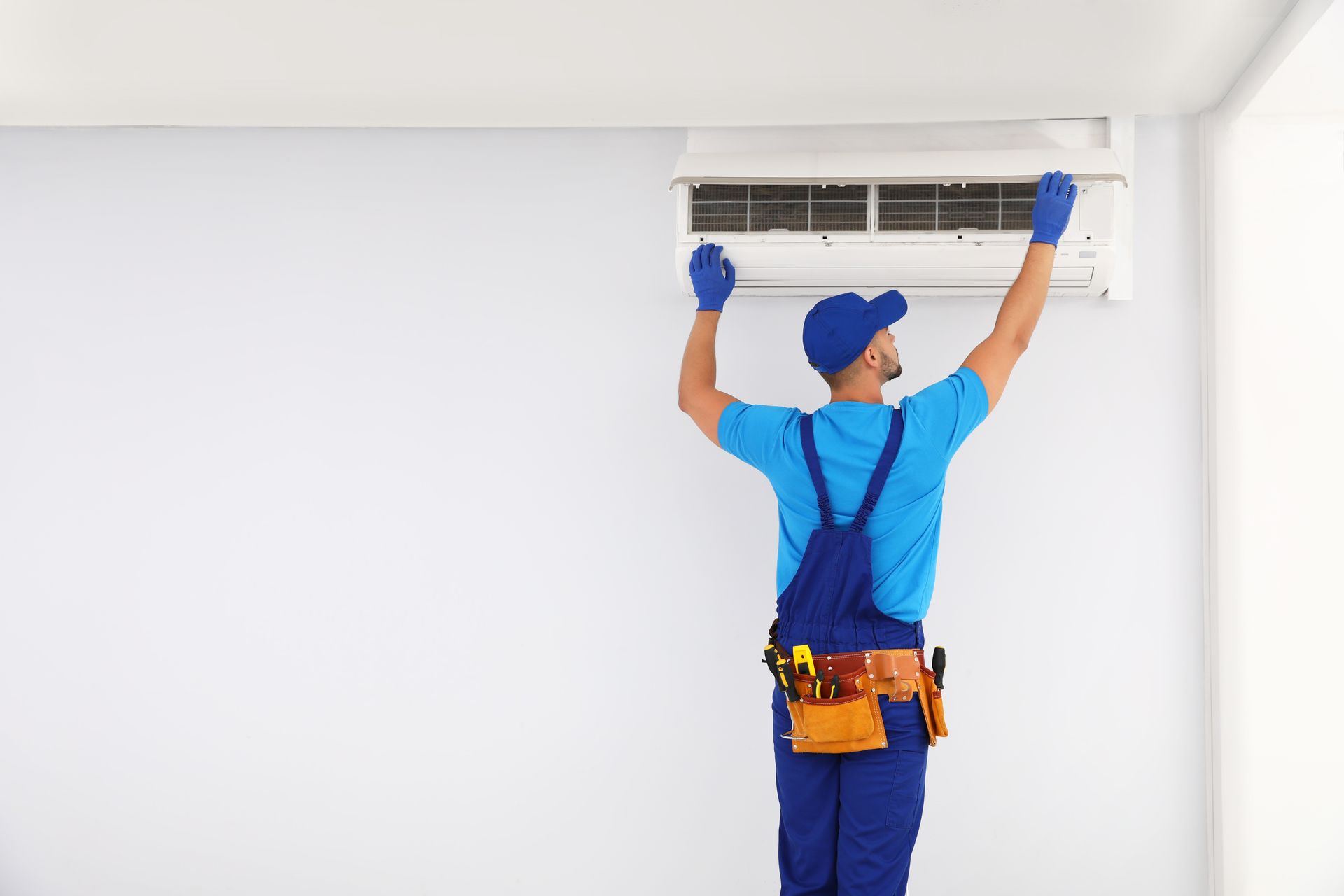Are Mini-Split HVAC Systems Worth the Investment? Weighing the Pros and Cons
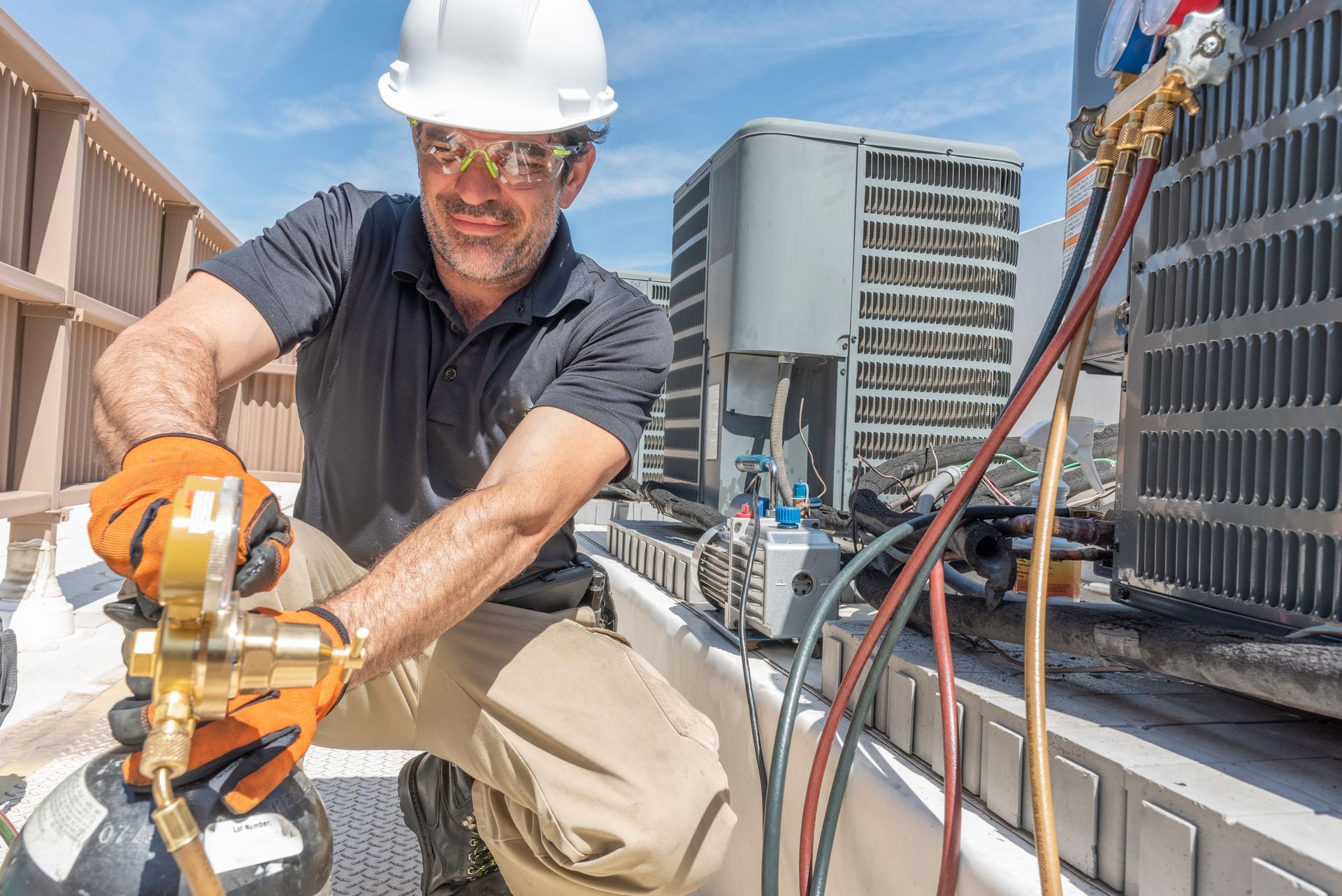
HVAC systems come in a variety of forms, each with their own unique benefits and drawbacks. One such system that has been gaining popularity is the mini-split HVAC system. These systems are renowned for their efficiency and versatility, but are they the right choice for you? Here's a breakdown of the pros and cons to help you make an informed decision.
Understanding Mini-Split HVAC Systems
A mini-split HVAC system, also known as a ductless system, consists of an outdoor compressor/condenser and one or more indoor air-handling units. These components are linked by a conduit, which houses the power cable, refrigerant tubing, and a condensate drain.
Pros of Mini-Split HVAC Systems
1. Versatility: Mini-split systems provide zoned cooling and heating, meaning you can control the temperature in individual rooms or zones. This is perfect for homes where different family members have varying comfort needs.
2. Energy Efficiency: Since they lack ducts, mini-split systems avoid energy losses associated with central forced air systems. According to the U.S. Department of Energy, duct losses can account for more than 30% of energy consumption, especially if the ducts are located in unconditioned spaces.
3. Easy Installation: Mini-split systems are easier to install than central HVAC systems. They don't require ductwork, and the indoor and outdoor units only need a small hole for the conduit.
Cons of Mini-Split HVAC Systems
1. Cost: Mini-split systems can be more expensive upfront than traditional systems. However, their energy efficiency can offset the initial cost over time.
2. Aesthetics: Not everyone likes the look of the indoor units of a mini-split system. Unlike ducted systems that are hidden behind walls, these are usually mounted on walls or ceilings.
3. Maintenance: The individual air handlers require more frequent cleaning than traditional systems, as neglect can lead to problems with air quality and system efficiency.
The Role of Professional HVAC Services
When considering a mini-split system, it's important to involve professional HVAC contractors. A professional can help you assess whether a mini-split system is the right fit for your home, considering factors like your home's layout, your heating and cooling needs, and your budget.
A professional can also ensure proper installation, which is vital for the system's performance and longevity. Proper sizing and placement of the indoor units are critical and require expert knowledge.
Risks of DIY Installation
Installing a mini-split system is not a do-it-yourself project. An incorrectly installed system can lead to problems down the line, including decreased efficiency, increased wear and tear, and potential failure of the system. Furthermore, DIY installation can void the manufacturer's warranty, leaving you without coverage for repairs or replacement.
Weighing the Investment
So, is a mini-split HVAC system worth the investment? That depends on your specific needs and circumstances. If you're looking for versatility, energy efficiency, and have a larger budget upfront, a mini-split could be an excellent choice.
If you're considering a mini-split HVAC system, our team is here to help. We can assess your home, discuss your comfort needs, and guide you in choosing the right HVAC system. We also offer professional installation services to ensure your system works optimally for years to come. Visit our "Contact" page to get started with a consultation today. Remember, when it comes to your home's comfort and efficiency, professional advice can make all the difference.
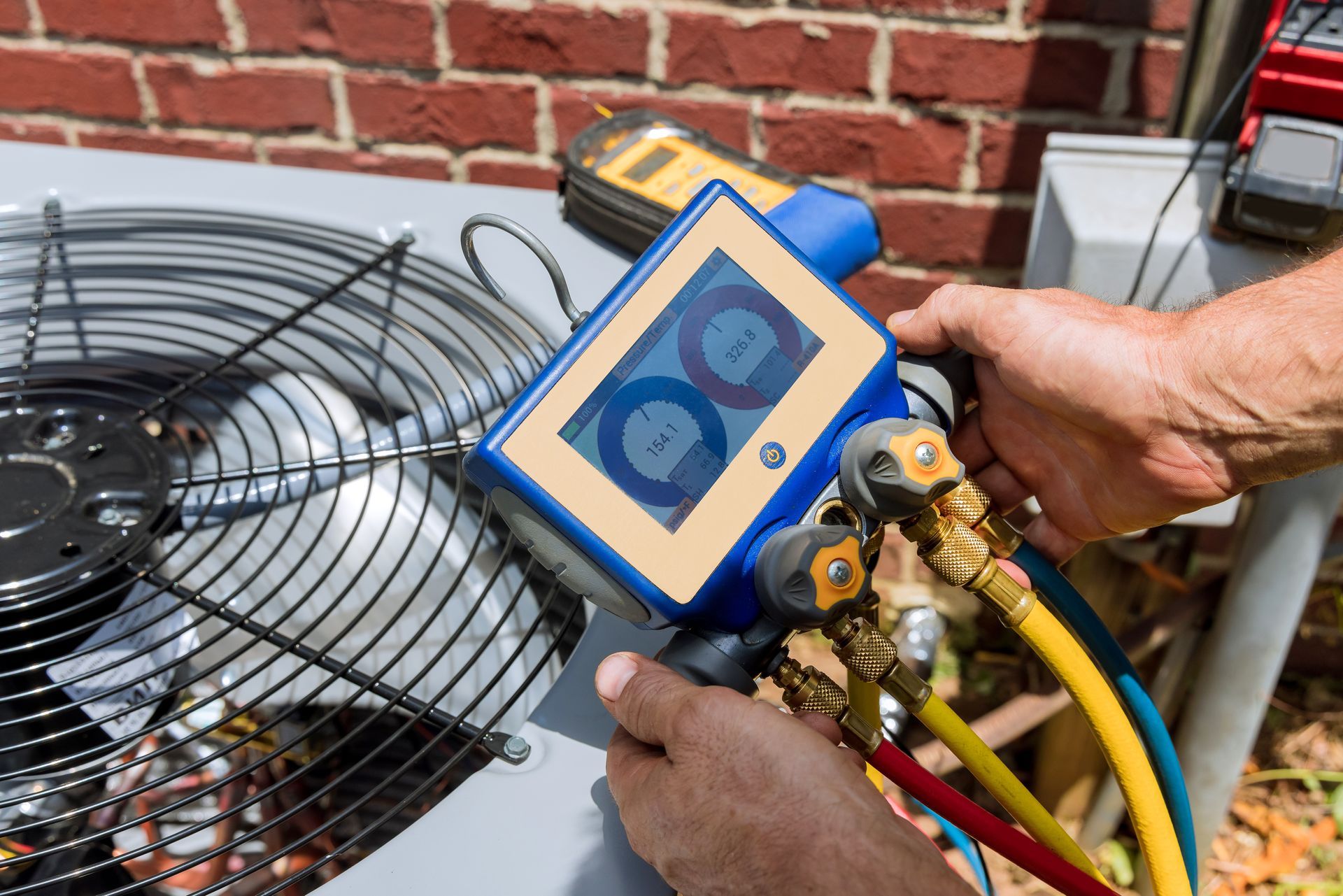

Best HVAC Service Packages in the D.C. Area
Joining an HVAC company VIP club can provide several benefits to homeowners, including peace of mind, cost savings and personalized service.
